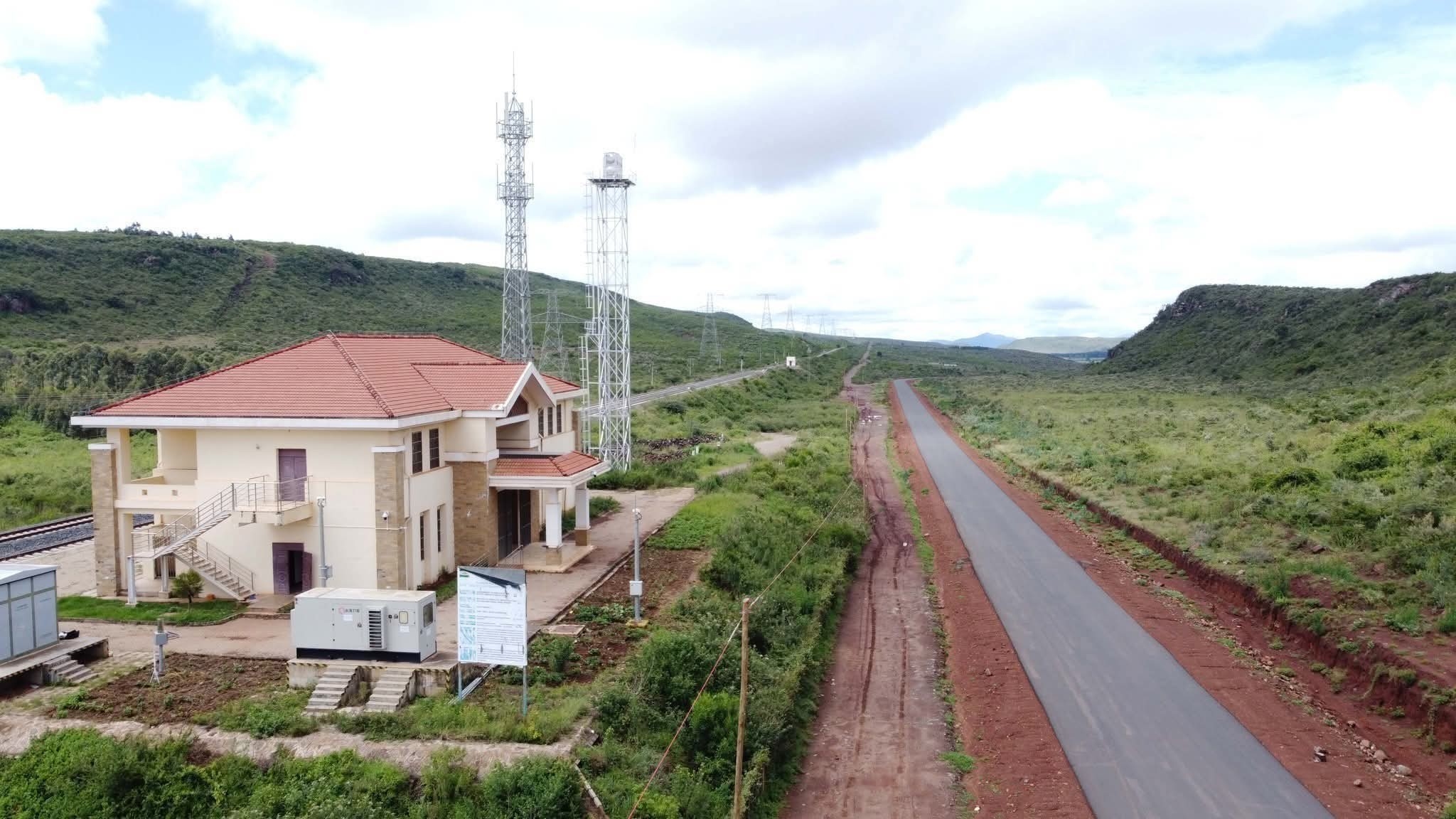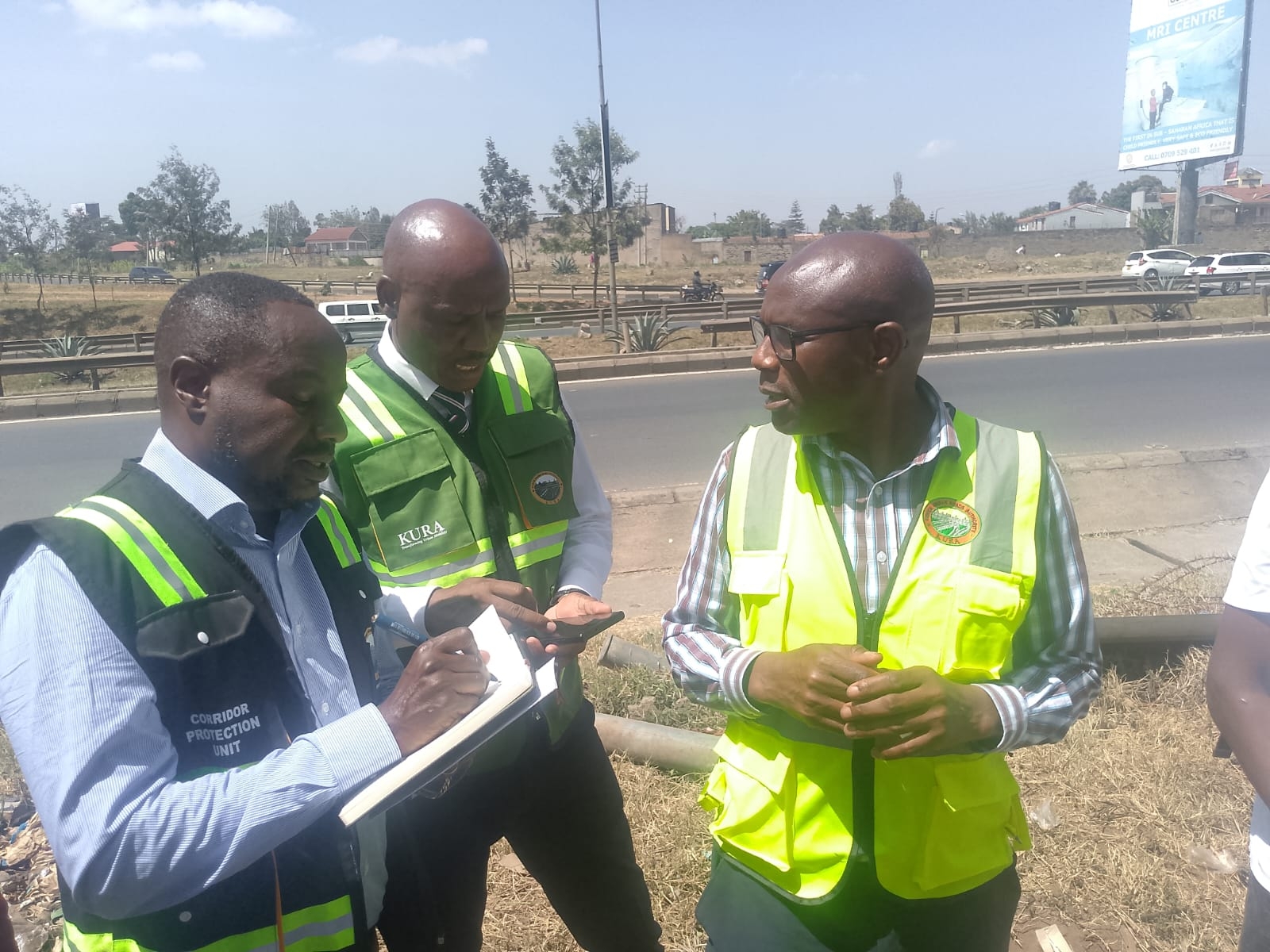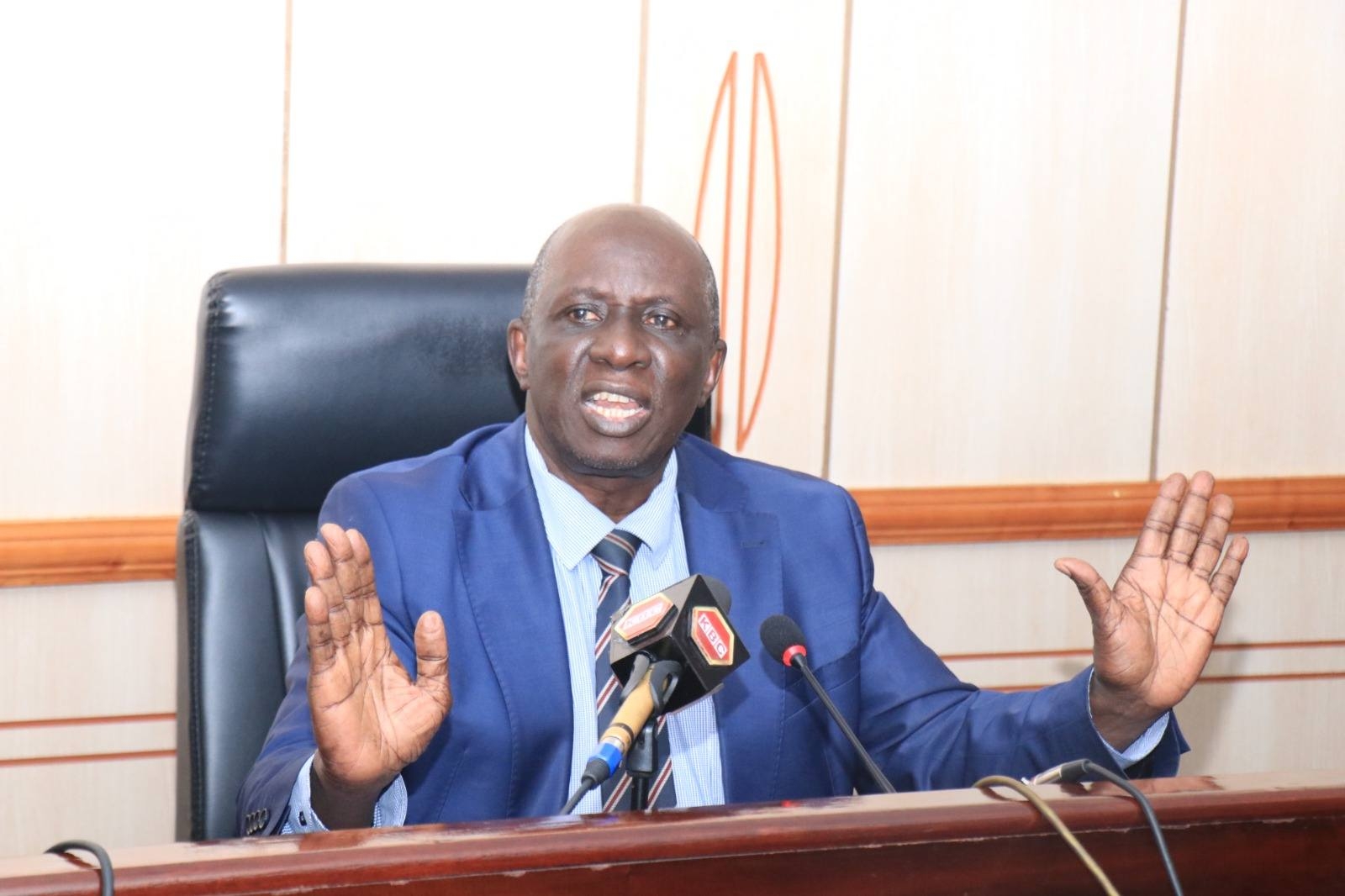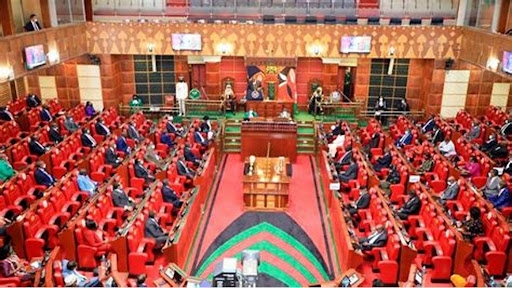Some four years ago, a pandemic struck and with it came the introduction of virtual courtroom proceedings.
Following the 2020 COVID-19 lockdown, the judiciary has been working to ensure that it fully adopts the changes to enhance efficiency and accessibility.
It, however, commenced its reforms in automation and digitisation back in 2017, way before the pandemic.
Here are some of the technological advancements in courtrooms;
Video/audio conferencing
Introduced mid 2020, virtual court proceedings are helping save time, resources and reduce backlog.
On January 10, Chief Justice Martha Koome issued directions on how advocates and other parties should handle virtual court sessions.
In a Gazette notice, she stated that these will be strictly implemented to ensure that those appearing through virtual platforms maintain decorum and formality.
This applies to the Supreme Court as much as it does to the other courts.
Besides the above, the directions include requirements needed for a virtual court session from the video/audio conferencing link to the need for stable internet and quality electronic equipment.
The proceedings are recorded and any certified transcripts of the same are to be made available to the parties upon request and on payment of relevant fees.
Rulings and judgments delivered virtually have true copies which are forwarded to the parties.
Koome has ensured that the video/audio conferencing sessions give the parties the same experience as physical court sessions.
Digital Evidence Presentation
From photos to videos, courts have embraced the use of technology to display electronic evidence.
In some cases, witnesses with such evidence are seen using monitors to display the same in the courtroom, offering a comprehensive view of events.
There is also the idea of remote witnessing where persons can appear virtually to give their evidence.
E-filling
The Chief Justice in March 2023, announced plans to introduce electronic case filing in all court stations across the country.
This was following a successful implementation in Nairobi.
The electronic system was first launched by former CJ David Maraga.
Here, all lawyers, police, Office Director of Public Prosecutions and the public are required to register themselves through a portal to log into the Judiciary system.
The portal is https://efiling.court.go.ke.
After logging in, one is expected to upload documents and also assess court fees.
Subsequently, one has to submit the files to the registry online for the matter to be filed and placed before a judge for a hearing.
It has an option, once logged in, where one indicates the type of case being filed and checks the filing fees.
On the platform, one comes across E-Case Registration, E-Payment, E-Case Search, E-Calendar and E-Service.
Introduction of Electronic Practising Certificates for Lawyers
The introduction of the Electronic Practising Certificates was a history-making move which enhanced the judiciary's bid to go paperless.
The first batch of lawyers to get the Certificates was admitted to the bar of High Court Advocates on March 2, 2023.
"The Judiciary’s Advocates Section is going paperless to ensure efficient delivery of services to lawyers, using the Judiciary Advocates Management System (JAMS)," Koome said during the event.
Merging of Judiciary's Case Tracking System with DPP's Uadilifu
The integration of the ODPP Uadilifu case management system and judiciary case tracking system is another technological move by the sector aimed at enhancing the delivery of justice.
Launching the same in Nyandarua, Koome described it as a unified effort to deliver justice that allows the seamless filing of court cases, management and access to information.
She noted that the move created a one-stop shop platform for case filling geared towards an enhanced delivery of justice.
The system enables prosecutors to use the ODPP Uadilifu case management system to file documents such as charge sheets, submissions, replying affidavits and preliminary objections into the Judiciary’s E-Filing Management System.
Further, police files scanned at the ODPP's central case filing registry and uploaded on the Uadilifu portal, generate a unique number for each police file.
The scanned data is reflected on the judiciary E-filing system, which in turn creates electronic case numbers for the prosecution cases.
Under the new electronic system, police officers and accused persons can track the progress of cases in court electronically.
It also allows frequent uploading of additional documentation emanating from court proceedings such as rulings and judgments.
The ODPP launched the Uadilifu System in 2020.
On its own, the CMS enables electronic payment of court fees, fines, and deposits.
The system not only generates online invoices and receipts but also simplifies the entire payment process.
Overall, the Judiciary is working to ensure that cases are solved in record time and reduce backlogs by embracing technology.

















